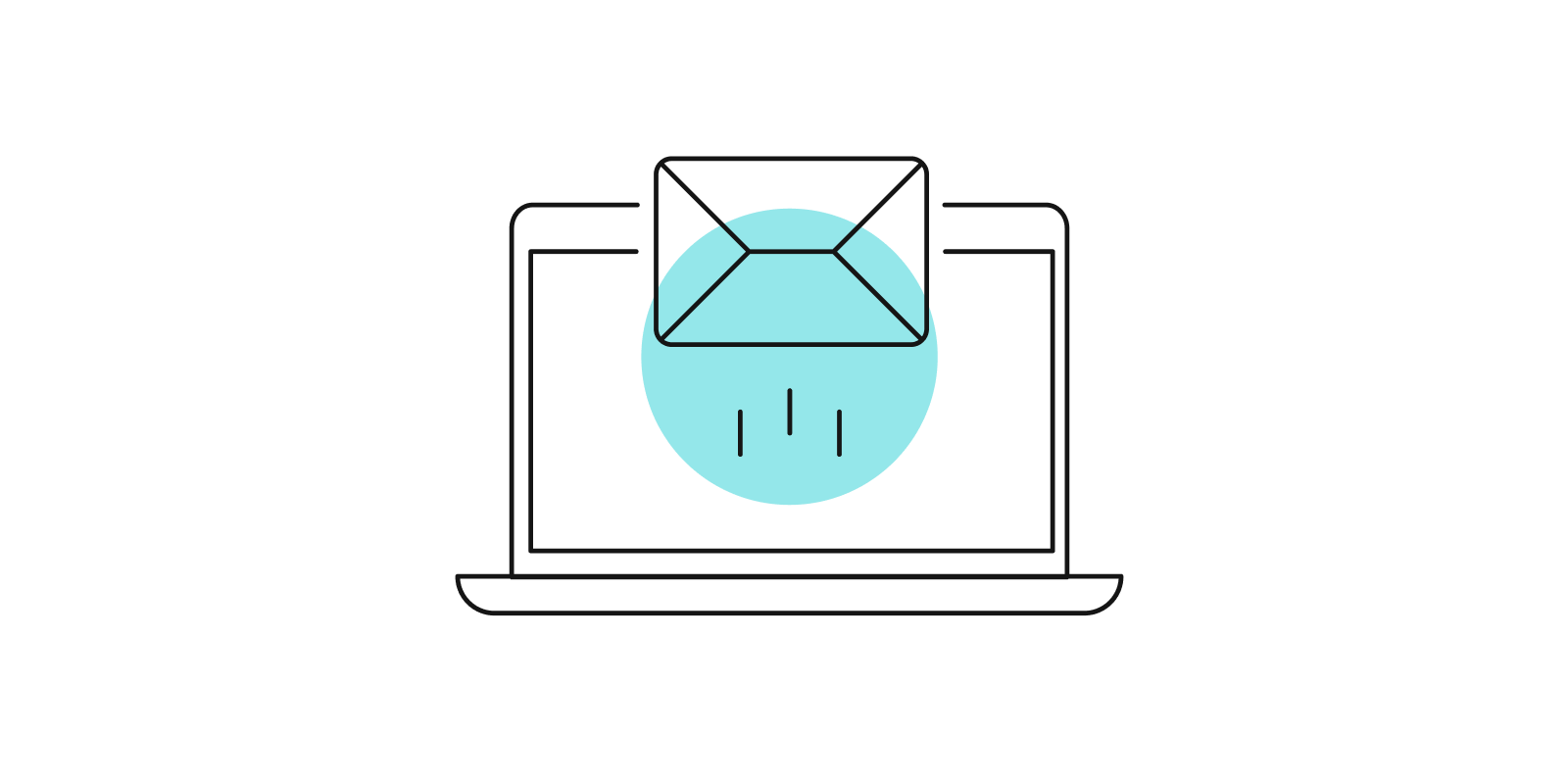
Dual Enrollment Can Be Life Changing

My own professional journey
Who knew nine dual enrollment credits would one day lead me on a path to becoming a mid-career doctoral student? My dual enrollment story began unknowingly in high school, with my school’s Career and Technical Education (CTE) program connecting me to a trade school that had an articulation agreement with my local university. With this, college became an option for me if I chose it. After graduating high school, trying college at 18, and failing miserably, I decided to attend that same trade school introduced to me in high school. I completed trade school wonderfully and went into a career in radio.
After a while, I began to have thoughts of going back and trying college again. One of the critical factors in my decision to go back to college and what college to go to was the articulation agreement my trade school had with our local university. My 8-month program in trade school post-high school and my dual enrollment credits earned while still in high school equaled nine credits at the university. This meant slightly shortened time spent as an undergraduate and financial savings, as I would not have to pay for three classes.
Enrolling in that local university allowed me to complete my bachelor's degree. And later, I completed my master's to maintain pace with job requirements. Now, I am in the second year of my doctoral program, and it all started with an articulation agreement between the university and the trade school I took dual enrollment classes in while in high school.
When you have the chance to earn college credit while taking another program, whether it's in high school or trade school, you are opening the door to:
- Another level of opportunity
- Affordability
- Career direction
- Greater immediacy to start an engaging career and a lifetime of achievement and growth
What is Dual Enrollment?
So, what is dual enrollment? Dual enrollment is earning college credit while simultaneously earning high school credit (or in my case, trade school credit).
What are the benefits of Dual Enrollment?
The benefits of dual enrollment are simple:
- Earning college credit early.
- Financial savings for classes you will not have to take once you get to college.
- Potentially earning credentials and certifications earlier leading to a jumpstart on a career
- Increased likelihood of going on to post-secondary programs and completing those post-secondary programs1(which was my case!)
Everybody benefits from dual enrollment, but male students, students with disabilities, and students from low socioeconomic backgrounds may benefit the most.2
How does Dual Enrollment work?
There are several delivery models:
- College credit-bearing coursework delivered by a college-approved high school teacher on the high school campus.
- College credit-bearing coursework delivered by the college instructor on the high school campus.
- College credit-bearing coursework offered at the college campus, which means students must travel.
And there's “early college” or “college in the high school”, where high school students may earn both a high school diploma and an associate degree. They tend to combine high school and college coursework in a single curriculum. Students may stay in high school a little longer, usually an extra year. Still, when they graduate, they've got the high school diploma and their associate degree, which again, leads to tremendous financial and time savings.
This is wonderful but…
If dual enrollment is so great, why aren't more students taking advantage of it?
...There may be barriers
First, there is a cost that needs to be covered by the local high school, state, or directly by students/parents for incorporating dual enrollment programs. Students may be afraid or insecure that they will not do well because of the college-level work involved.
If dual enrollment classes are held on the college campus, transportation, and a lack of support at home can be a problem.
Dual enrollment courses may be weighted differently than Advanced Placement on high school transcripts.
Scheduling can be problematic, as dual enrollment courses can conflict with other required core curriculum classes.
The high school may offer dual enrollment courses that students are not interested in. Stereotyping and implicit bias can also impact students enrolling in dual enrollment programs.
For example, you have a dual enrollment course for welding, but because it's traditionally a male-oriented field, you do not actively and intentionally recruit females into the program.
But barriers are made to be overcome...
Stay tuned for Part II of this dual enrollment story, which will include a barrier breaking case study from New Hampshire’s BioFab USA.
References:
1 Rhine, L. (2022, September) The Power of Dual Enrollment: The Equitable Expansion of College Access and Success - ED.gov Blog. https://blog.ed.gov/2022/09/the-power-of-dual-enrollment-the-equitable-expansion-of-college-access-and-success/
2 Hooker, S., Niño, D., Finn, S., and Rice, A. (2021, February) Dual Enrollment for Students from Special Populations: Improving College Transitions for English Learners, Students with Disabilities, Foster Youth, and Young People Experiencing Homelessness https://www.jff.org/wp-content/uploads/2023/09/20210330_Dual_Enrollment_Special_Populations-updated.pdf
About the author

Donald Walker, Career & Technical Education Trainer, CAST
At CAST, Donald delivers professional learning at both the secondary and post-secondary levels, providing technical assistance, coaching, guidance and support in a variety of contexts. Other recent education roles include Director of Education and Instructor Specs at Howard School of Media Arts, and Program Director at 90.9 WDTR Detroit Public Schools. Donald was appointed to the Farmington Public Schools Board of Education and serves on advisory boards for TV-10 and IT North Farmington High School. He is an Advance CTE Fellow, specializing in diversity, equity, and inclusion for postsecondary CTE leaders, and was recently accepted into Wayne State University’s doctoral program with a focus on curriculum and critical social inquiry.



